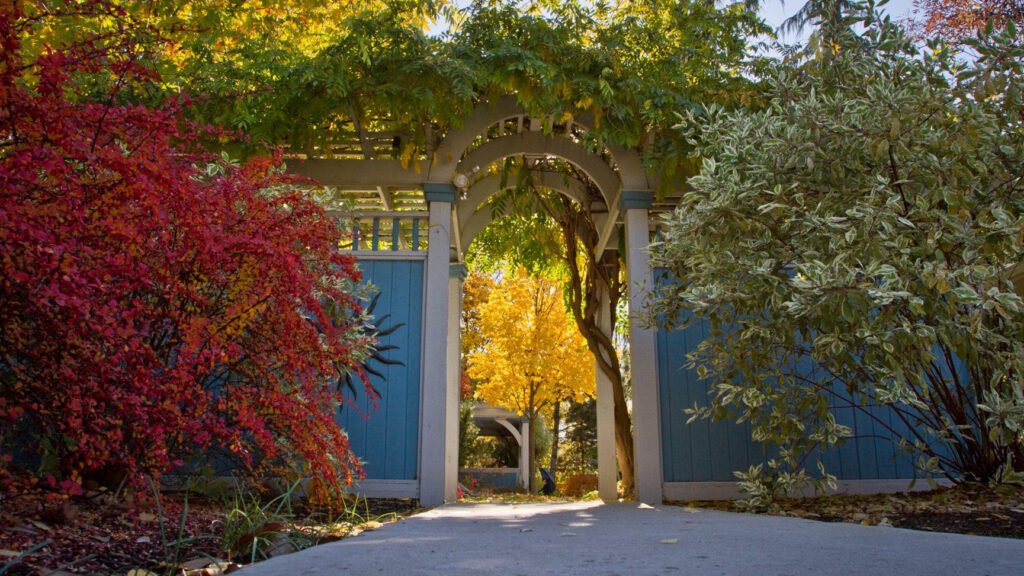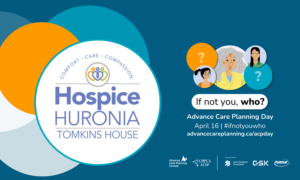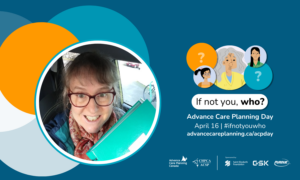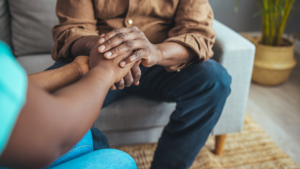*Please note, all identifiers have been changed in this story.
What is Bias and how does it sway our view of what is a “good” death?
“People can’t see what they can’t see. Their biases get in the way, surrounding them like a high wall, trapping them in ignorance, deception and illusion. No amount of reasoning and arguments will get through to them unless we first learn how to break down the walls of bias…” — Richard Rohr
For those who have chosen to care for people at the end of their lives, whether you work in spiritual care, medical care, and end-of-life care, or volunteer in a hospice or as a family caregiver, you will have biases about what is a “good” death. This is tough to say because we all believe in the power of hospice care and want everyone to have a “good” death. This desire comes from a good place, yet our biases can trap us in ignorance and deception.
Let’s dig into the meaning behind a “good” death. I am unashamedly leaning on Sallie Tisdale here—she wrote the book Advice For Future Corpses* A Practical Perspective on Death and Dying. She says as we look at our expectations or biases about death, we inevitably veer from each other. If we focus on the experience, we are presuming a degree of control that may not be possible. Maybe, instead of looking at a “good” death, we should be looking at what surrounds the death. People’s choices are their own to make—it’s their personal power! People have the right to make their own choices, even bad ones or self-destructive ones. They have the right to lead the way even if it is contrary to what everyone else wants.
Here is a story about choice.
I worked in Home Health Nursing for 13 years. I had a client who lived in her own home and was dying. She had a long history of drug and alcohol dependency. This woman wanted to stay at home no matter the cost—she did not want to go to hospital. She sustained multiple falls, she could not manage her medication, and she was even unable to open the door for Home Health Staff. We had many concerns about unmanaged pain, risk of falls, and her dying alone at home.
Can you see the bias I have here? People should die pain free, fall free, not alone, and in an organized controlled manner. That’s a pretty strong bias if I do say so myself! Now, I didn’t know this woman’s personal history too deeply. However, she had many, many valid reasons for wanting to die in her own home and in the way she preferred. At the end of the day, the best death for this woman would have been the one she chose.
People share their choices in many ways—through actions, behaviors, words, conversations with loved ones, grimaces, advance directives, and body movement. Some of their choices are shared from their distant past choices. This woman shared her choice consistently and loudly with anyone who listened.
Where does this leave us? We now have a newfound sensitivity to our own bias and people’s ability to choose. The next time you (and me!) come up to a “difficult” patient or are not agreeing with someone’s choice at the end of their life, take a look at your bias. This is extremely uncomfortable, and can even feel physically painful. Stay present with your body as you break down your walls of bias and take a new look at people’s choices. There is freedom in fully supporting the people you care for.

